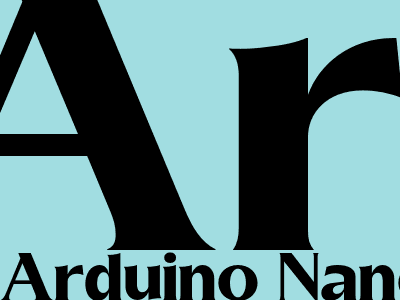Arduino Nano 33 BLE: A Comprehensive Guide to the Tiny, Versatile IoT Board
Introduction
The Arduino Nano 33 BLE is a compact yet powerful microcontroller board that has quickly gained popularity among electronic enthusiasts, makers, and IoT developers. Its small size, low power consumption, and built-in Bluetooth Low Energy (BLE) connectivity make it an ideal choice for a wide range of projects, from portable wearables to home automation systems.
In this comprehensive guide, we will delve into the features, capabilities, and applications of the Arduino Nano 33 BLE. We will also provide detailed instructions on how to get started with the board, including setting up the development environment, programming the board, and using its various features.
Features and Capabilities
The Arduino Nano 33 BLE is a SAMD21-based board with an ARM Cortex-M0+ processor running at 48MHz. It has 256KB of flash memory, 32KB of SRAM, and 16KB of EEPROM. The board also features a built-in 9-axis IMU (accelerometer, gyroscope, and magnetometer), a temperature sensor, and a light sensor.
The most notable feature of the Arduino Nano 33 BLE is its built-in Bluetooth Low Energy (BLE) connectivity. BLE is a wireless technology that allows devices to communicate over short distances with low power consumption. This makes it an ideal choice for IoT applications where battery life is a concern.
Applications
The Arduino Nano 33 BLE is a versatile board that can be used in a wide range of applications. Some of the most common applications include:
- Portable wearables (e.g., fitness trackers, smartwatches)
- Home automation (e.g., smart lighting, smart thermostats)
- IoT devices (e.g., sensors, actuators)
- Robotics (e.g., autonomous vehicles, drones)
Getting Started
Getting started with the Arduino Nano 33 BLE is easy. The first step is to set up the development environment. You can download the Arduino IDE from the Arduino website.
Once you have installed the Arduino IDE, you can connect the Arduino Nano 33 BLE to your computer using a USB cable. The board will automatically be recognized by the IDE.
To program the Arduino Nano 33 BLE, you can use the Arduino programming language. The Arduino programming language is a simplified version of C++. It is easy to learn and use, even for beginners.
Conclusion
The Arduino Nano 33 BLE is a powerful and versatile microcontroller board that is ideal for a wide range of IoT projects. Its small size, low power consumption, and built-in Bluetooth Low Energy (BLE) connectivity make it an ideal choice for projects that require wireless communication and low power consumption.
If you are looking for a microcontroller board for your next IoT project, the Arduino Nano 33 BLE is a great option. It is easy to use, affordable, and has a wide range of features and capabilities.

Comments